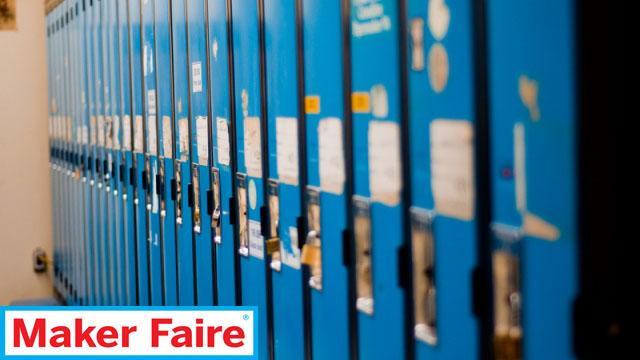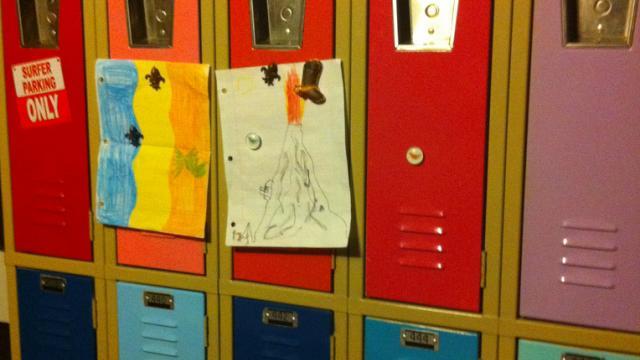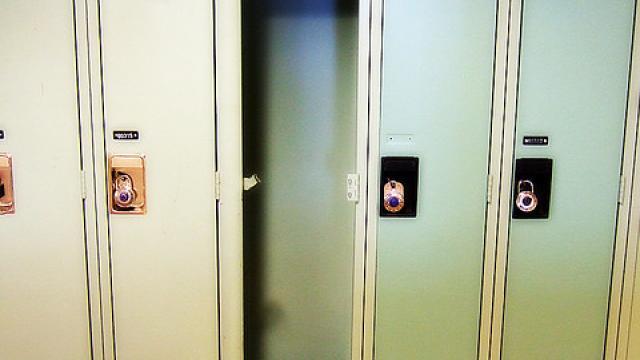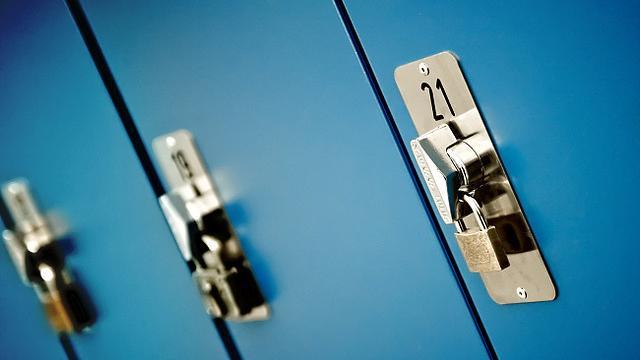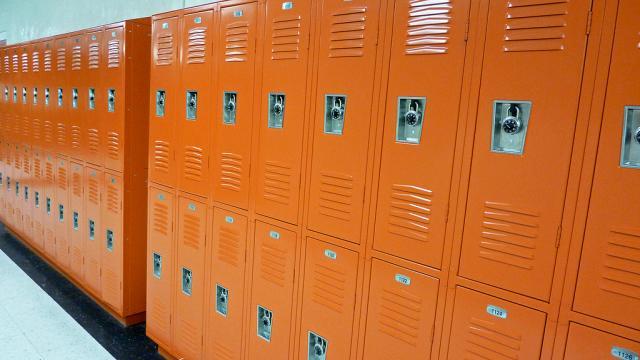This article is about the Republic of India. For other uses, see India (disambiguation).
Republic of India
Bhārat Gaṇarājya
Horizontal tricolor flag bearing, from top to bottom, deep saffron, white, and green horizontal bands. In the centre of the white band is a navy-blue wheel with 24 spokes. Three lions facing left, right, and toward viewer, atop a frieze containing a galloping horse, a 24-spoke wheel, and an elephant. Underneath is a motto: "सत्यमेव जयते".
Flag State Emblem
Motto: "Satyameva Jayate" (Sanskrit)
"Truth Alone Triumphs"[1]
Anthem: Jana Gana Mana
"Thou art the rulers of the minds of all people"[2][3]
MENU0:00
National song
Vande Mataram
"I Bow to Thee, Mother"[a][1][3]
Image of a globe centred on India, with India highlighted.
Area controlled by India shown in dark green;
claimed but uncontrolled regions shown in light green.
Capital New Delhi
28°36.8′N 77°12.5′E
Largest city Mumbai
18°58′30″N 72°49′33″E
Official languages Hindi
English[4][5][nb 1]
Recognised regional languages
8th Schedule[show]
National language None[9][10]
Religion 79.8% Hinduism
14.2% Islam
2.3% Christianity
1.7% Sikhism
0.7% Buddhism
0.4% Jainism
0.9% others[11][12]
Demonym Indian
Government Federal parliamentary
republic[1]
• President Pranab Mukherjee
• Vice-President Mohammad Hamid Ansari
• Prime Minister Narendra Modi
• Chief Justice T. S. Thakur[13]
• Speaker of the Lower House Sumitra Mahajan
Legislature Parliament of India
• Upper house Rajya Sabha
• Lower house Lok Sabha
Independence from the United Kingdom
• Dominion 15 August 1947
• Republic 26 January 1950
Area
• Total 3,287,263[14] km2[b] (7th)
1,269,346 sq mi
• Water (%) 9.6
Population
• 2016 estimate 1,293,057,000[15] (2nd)
• 2011 census 1,210,854,977[16][17] (2nd)
• Density 388.5/km2 (31st)
1,006.3/sq mi
GDP (PPP) 2016 estimate
• Total $8.727 trillion[18] (3rd)
• Per capita $6,664[18] (122nd)
GDP (nominal) 2016 estimate
• Total $2.384 trillion[18] (7th)
• Per capita $1,820[18] (141st)
Gini (2009) 33.9[19]
medium · 79th
HDI (2014) Increase 0.609[20]
medium · 130th
Currency Indian rupee (₹) (INR)
Time zone IST (UTC+05:30)
DST is not observed
Date format dd-mm-yyyy
Drives on the left
Calling code +91
ISO 3166 code IN
Internet TLD .in
other TLDs[show]
India, officially the Republic of India (IAST: Bhārat Gaṇarājya),[21][22][c] is a country in South Asia. It is the seventh-largest country by area, the second-most populous country (with over 1.2 billion people), and the most populous democracy in the world. Bounded by the Indian Ocean on the south, the Arabian Sea on the south-west, and the Bay of Bengal on the south-east, it shares land borders with Pakistan to the west;[d] China, Nepal, and Bhutan to the north-east; and Myanmar (Burma) and Bangladesh to the east. In the Indian Ocean, India is in the vicinity of Sri Lanka and the Maldives; in addition, India's Andaman and Nicobar Islands share a maritime border with Thailand and Indonesia.
Home to the ancient Indus Valley Civilisation and a region of historic trade routes and vast empires, the Indian subcontinent was identified with its commercial and cultural wealth for much of its long history.[23] Four religions—Hinduism, Buddhism, Jainism, and Sikhism—originated here, whereas Zoroastrianism, Judaism, Christianity, and Islam arrived in the 1st millennium CE and also shaped the region's diverse culture. Gradually annexed by and brought under the administration of the British East India Company from the early 18th century and administered directly by the United Kingdom after the Indian Rebellion of 1857, India became an independent nation in 1947 after a struggle for independence that was marked by non-violent resistance led by Mahatma Gandhi.
Currently, the Indian economy is the world's seventh-largest by nominal GDP and third-largest by purchasing power parity (PPP).[18] Following market-based economic reforms in 1991, India became one of the fastest-growing major economies; it is considered a newly industrialised country. However, it continues to face the challenges of poverty, corruption, malnutrition and inadequate public healthcare. A nuclear weapons state and a regional power, it has the third-largest standing army in the world and ranks sixth in military expenditure among nations. India is a federal republic governed under a parliamentary system and consists of 29 states and 7 union territories. India is a pluralistic, multilingual, and a multi-ethnic society. It is also home to a diversity of wildlife in a variety of protected habitats.
sanjaybaghela

